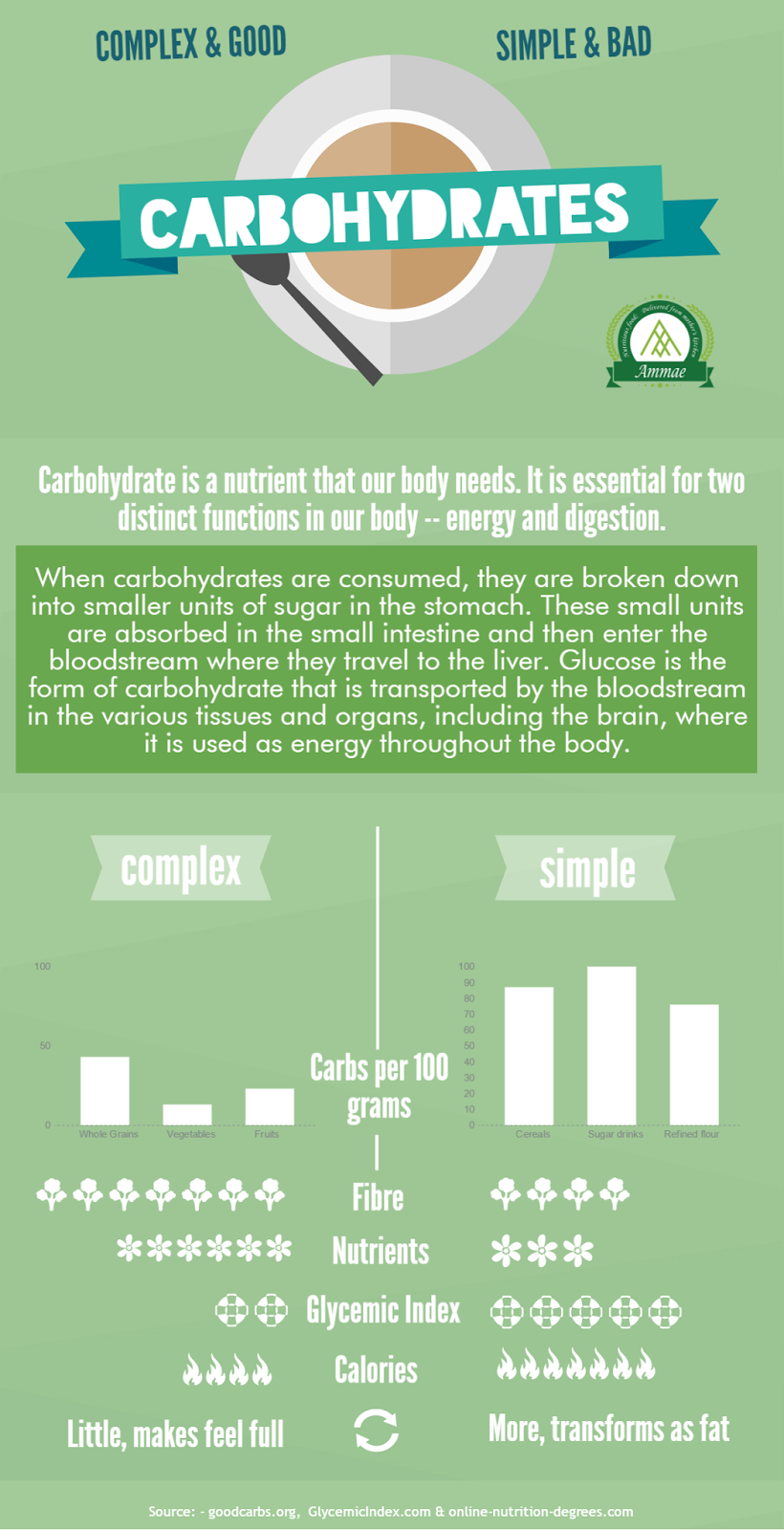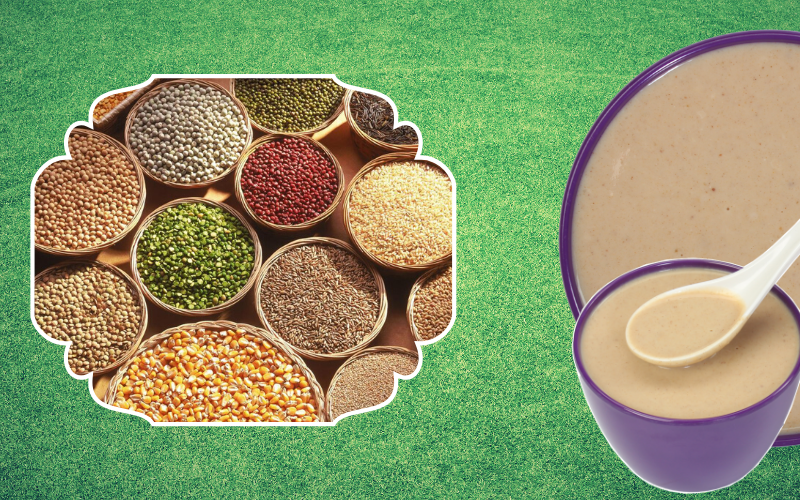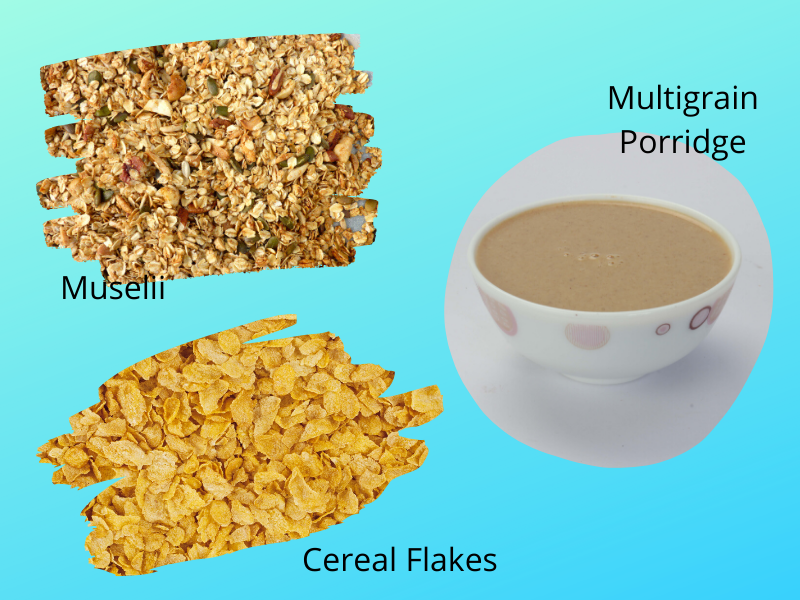What is Immunity or Immune system?
In our daily life we come across many bacteria, virus, fungi and parasites which we are not even aware of. Our immune system protects us from these harmful things. The food what we eat builds our immune system, say a kind of self-resistance power. Variety of food choices are available to improve and build immune system. But in critical situations, immune system may needs a boost, which some of the simple recipes and diets can do.
Immune system is a set of biological process and structures of our body organs to prevent from illness by fight against the infections.
Some of the effective immunity boosting preparations are :
1. Ginger Lemon Decoction
Ingredients: Pealed ginger - 1/4 cup, full lemon - 1Method of Preparation: Take one and half glass of water and add pealed ginger and lemon (full fruit including skin) to that. Allow it to boil till it becomes 3/4 glass of water. Strain the ginger and lemon. Decoction is ready to drink.
2. Herbal drink
Ingredients: 1 pinch of Cinnamon, Turmeric & Pepper, Half lemon and 1 spoon honeyMethod of Preparation: Take half glass of warm water. Add the pinch of cinnamon, turmeric and pepper to that. Squeeze the half lemon and add a spoon of honey. Mix well and drink is ready.
- Turmeric is well known for its anti-inflammatory and immune boosting properties.
- Cinnamon spice has the highest antioxidant strength of all the food sources in nature. The spice contains health benefiting essential oils such as eugenol, a phenylpropanoids class of chemical compound that gives pleasant, sweet aromatic fragrance to it. Eugenol has got local anaesthetic and antiseptic properties.
3. Pepper water / Pepper milk
Ingredients: Two to three pinches of Pepper powder & Turmeric powder and SaltMethod of Preparation: Add two or three pinch of pepper and turmeric in warm water. Add a little salt for taste.
Ingredients: Milk - Half glass, Two to three pinches of Pepper powder & Turmeric powder and 1/4 spoon of Palm sugar
Method of Preparation: Add two or three pinch of pepper and turmeric in warm milk. Add little palm sugar for taste.
- Pepper is known as the King of spices. Peppercorns composed of health benefiting essential oils such as piperine, an amine alkaloid, which gives strong spicy pungent character. They have been in use since centuries for their anti-inflammatory, carminative, anti-flatulent properties.
- Black peppercorns contain a good amount of minerals like potassium, calcium, zinc, manganese, iron, and magnesium. Potassium is an important component of cell and body fluids that helps controlling heart rate and blood pressure. Manganese is used by the body as a co-factor for the antioxidant enzyme, superoxide dismutase. Iron is essential for cellular respiration and blood cell production.
5. Citrus fruits & juices
Citrus fruits like Lemon, Orange/Mosambi contain good sources of Vitamin C, which in turn builds immunity. In addition to that vitamin C helps in better absorption of available nutrients.6. Green Tea
Tea is one of simple recipe which strengthens immune system. Tea contains anti-oxidants like polyphenols and flavonoids. These anti-oxidants destroy free radicals. This avoids cell damage and builds immune system. Especially green tea is highly beneficial in compare with other variants.Apart from the simple boosters mentioned, let us know about some Grains, Vegetable and Fruits which are helpful in building immune.
Pomegranate: This contains bundles of anti-oxidants which help in healing inflammation. In compare with green tea, It has 3 times more anti-oxidants.
Watermelon: Red and fleshly watermelon contains a lot of anti-oxidants and good source of vitamin C.
Leafy vegetables like Cabbage, Broccoli and Greens: These are loaded by nutrients and micro-nutrients like vitamin A, C and K.
Potato, Beetroot and Yam: Root vegetables are rich in soluble and insoluble fibre. This helps built in gut health.
Carrots/ Sweet potato: These vegetables are good source of beta-carotene, which converts as vitamin A. This helps in removing free radicals and avoids cell damage.
Onion/Ginger: These contain active flavanoids, which helping in boosting immune. In general, it helps voiding the seasonal diseases like flu and cold.
Spinach: Spinach helps in production of white blood cells, which is very important for building immunity.
Curd/yogurt: Probiotic curd / yogurt contain the good bacteria, which fight against the harmful bacteria in the gut. That boosts immune system.
Pulses and lentils: Chickpea(Desi/Kabuli), Groundnut(Pealed), Bengal gram, Green moong, Patani(White/Green), Lobia(White/Brown/Black) are good in protein, fibre, foliate, iron, calcium, magnesium and zinc. This is one of the easy source for protein, which is a basic need for all system in body including immune system.
In conclusion, ready to eat snacks/ processed foods/ sugary cereals and muesli: The ability of the white blood cells to kill bacteria reduces significantly after consumption of sugar. Therefore, it is very important to include lots of vegetables, fruits, low-fat milk and whole grains.
Apart from the food habits, adequate sleep is important for immune system. Yes, it’s true and studies conducted also suggest that people with inadequate sleep are more susceptible to falling sick after being exposed to a virus like a common cold virus. So to say, inadequate sleep diminishes the immunity and makes the body vulnerable to infections.
During sleep, the immune system releases certain proteins called Cytokines. These cytokines are needed at times for the body to recover from an inflammation, infection or to overcome stress. Sleep deprivation will reduce the production of these cytokines making it difficult for the body to recuperate. In addition, the formation of infection fighting antibodies and cells also diminish during the periods of inadequate sleep.
Cytokines aren’t the only antibodies that are affected by lack of proper sleep. Poor sleep inhibits even T Cells. T cells are part of your immune system. These cells specifically fight off viral pathogens, from the regular flu to cancer. But, without enough sleep, your body’s T cells become inhibited by higher levels of stress hormones—specifically, noradrenaline and adrenaline—which makes your overall immune system less effective.
Building and maintaining the immune system involves an overall care of the body system and functions along with a properly balanced and a nourished diet.













